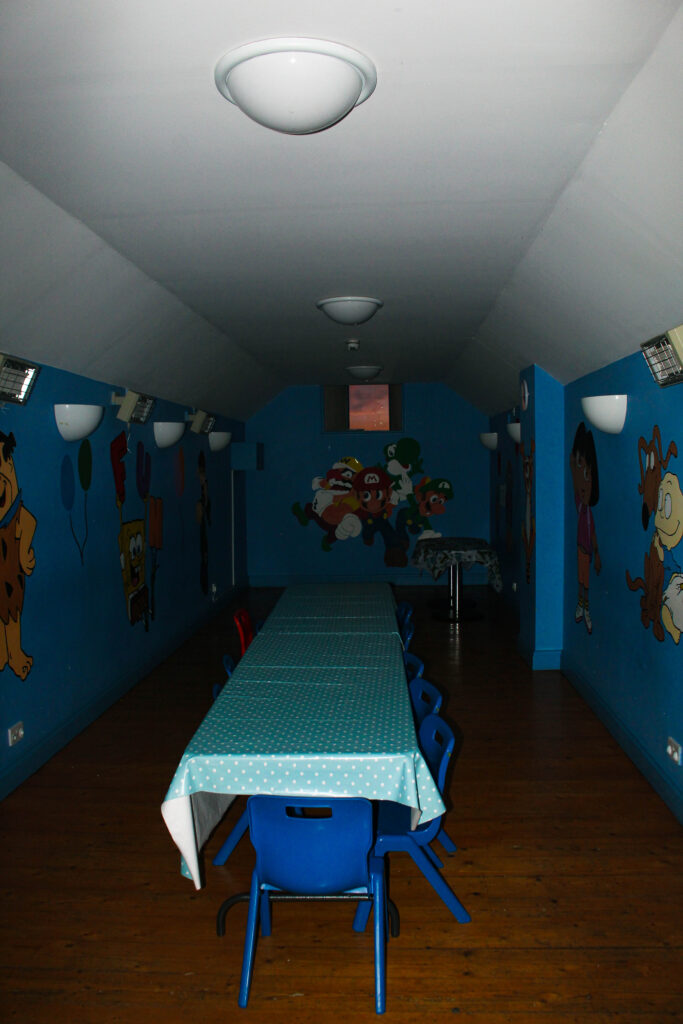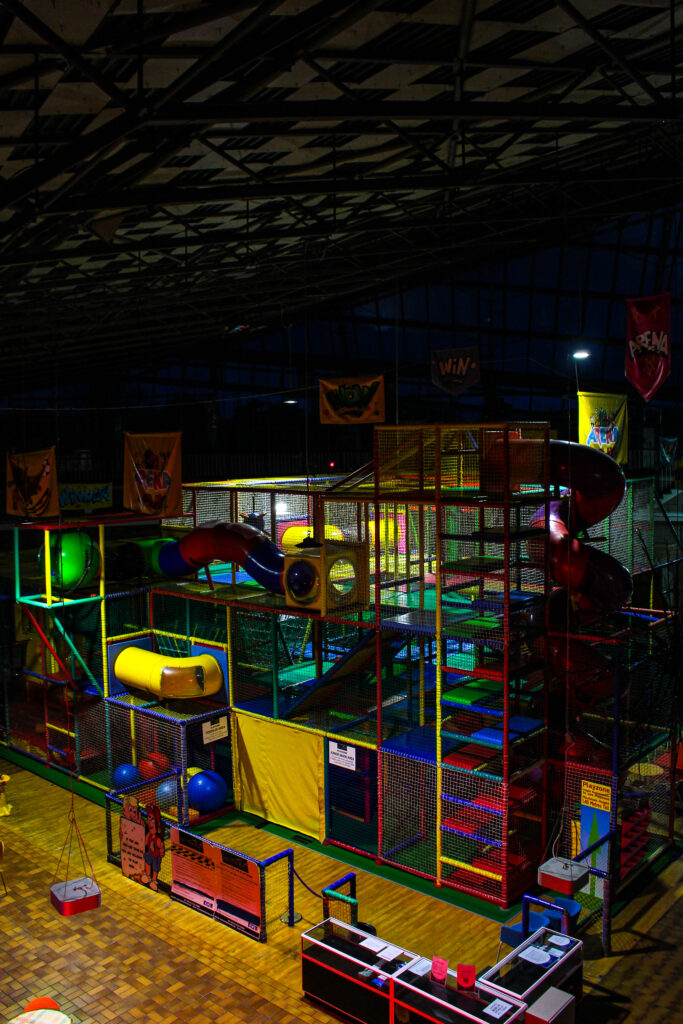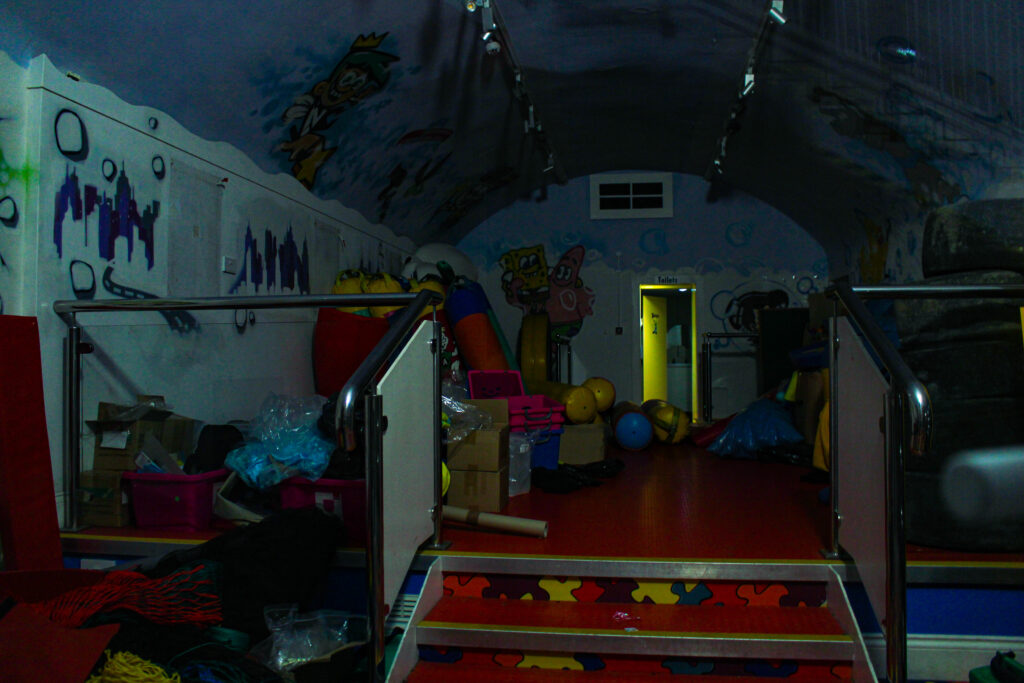



Shoot eight I went to Fort Region, and found some creepy old places in my opinion, which does convey nostalgia




Shoot eight I went to Fort Region, and found some creepy old places in my opinion, which does convey nostalgia























all of these where up there with my best images taken in an office mainly, some in a car park, petrol garage, and a church, which all have an essence of familiarity but isn’t noticed by many people because it is used in every day life, and mostly during the day, never commonly used in the night.




Shoot six was again the abandoned hotel but with more areas which closely relate to a presence of people but also liminality how the space has been left to thrive in decay.



This shoot was re-done in those half cave / bunker type tunnels but with better lighting and where we went deeper into the caves, it showed a lot of decay and a huge sense of eeriness, and a sense of place which has been left to exist without ever being touched again. I like how it has not only materials in there but also how a presence of people were in there as u can see the spray paint on the walls.











The fourth shoot was done in an abandoned hotel which suits the concept of liminal space perfectly through its transition between one thing to another, for example hotels are used to get between one place and another, this decaying hotel also has the transition between new to abandoned/old and decaying. I liked these images a lot because of its sense of presence by people who left it behind.

Similar to the first and second shoot my third attempt wasn’t as interesting as I wanted it to be, which makes sense because this was the first week of trying to explore liminal spaces. This first image was made from paper, and was inspired through some of my artist references who had made models of environments and imaged them.

I also like this last image because of vibrant colours and how it contrasts each other through height, and editing a colder more contrasted wet look the image has a good use of liminality.


The best of my first and second shoot didn’t really include much content that I liked besides a couple images which closely portray this essence of Liminal space because of its grainy cliff hanger effect it has, because of its familiarity and uncomforting emotions, it feels like there is something hiding in the image, or about to happen.


For my first shoot I explored an abandoned, half bunker half cave, which had a lot of decaying equipment inside like railway tracks, old barrels, and rubbish, but I liked these first two images the most but couldn’t decide if it should be cold or warm so I done both. And I believe it presents a sense of loneliness, as it shows the tracks fading off into the darkness, as a way of presenting uncomforted emotions.
I want to explore the idea behind “liminal Space”, which is the transition between where you have been and where you’re going physically, emotionally, or metaphorically. A couple examples of this would be a waiting room, or a hallway, which shows the space between the beginning and the end. Liminal spaces mostly present emotional distress, like anxiety, or uncertainty, because of how it is an un-owned area which can create a sensation of a loss of place which disorientates and worries people in an uncertain but familiar way. This idea alone is very intriguing, because of the conceptual ideas that liminal spaces present, like ominous hallways, or empty and foggy car parks, but also because it explores the sensation of fear, which I want to challenge through photographing these areas, but also being able to find these places and editing the image and environment to present these sensations to the viewer, whilst capturing a a well made disorientated image.

Liminal space is an important thing to capture because it gives a heightened awareness towards the spaces which we choose to ignore, either because of its insignificants or because of its unsettling perception it presents to people. But because it also creates the connection between the beginning and the end, and how there are a lot of photographs in the world which are specifically at an event, or at a specific area where something is happening, but not somewhere where something did happen, or the place to get to that place. Liminal space is photographing the unknown, and presents exploration for these areas, which is what makes photography itself important, through exploring areas and how to create an image into something unknown or new in its own way. I personally like the idea of liminal space because of the fact that it is unsettling and specific in what you photograph and how you photograph it. This creates a challenge in itself, through camera settings, like grainy fuzzy images, and specific lighting which comes from a specific direction, and the challenge to find and access these areas to image in the first place interests me, because I believe better images will be produced because of this.

I wish to develop my work through digitally editing, by including more aspects in an image that aren’t already there or just tweaking the image to feel more eerie. I will present this through mainly a photobook because of how the accessibility of the images, but also how the book will be presented will create an effect as if what I was photographing was a “report” for liminal space and, “this is what I found” will be shown, and how in each section of the book will have small topic like areas. For example the beginning of the book will be the beginning of a hallway which doesn’t end and will transition into other areas of that hallway, which might be in a hotel or wherever. This will then progress into other environments and areas throughout the book, but never really be muddled up in a form of just one whole jumble of images. I will also include one or two prints for each of these sections in the book, to set the scene for each section, so when the viewer looks into the book they have a small idea of what they will expect.
The concept and idea of liminal space links to the subject of observe, seek, challenge because of how in every day life you observe liminal spaces but don’t often know that or recognise it. And for me it is the ability to seek these places that influences me to create a project out of this concept, and the aesthetic, But in a weird way people like to seek these places which create this sensation of uncertainty and unknowing, because it is in our nature to seek the unknowing, and try to figure it out. Furthermore I’m challenging the concept of liminal spaces because liminal space in itself challenges reality, because of how it creates a sense of uncanniness and unknowingness because of its unnatural look and feel, but also its sense of familiarity, and how I’m the one attempting to make images into this type of format and finding the right environments for them to work.

I will begin to peruse the concept of liminal space during the week and weekends, when ever I find the opportunity, where that might be dependant on the time of day or what type of natural lighting I want to use. The areas I’m going to be imaging will include places like office buildings with no people in the image, but will portray the essence of people in the image, for example paper, computers, and chairs. Other areas might include areas like alleyways, which create a sense of familiarity, and will be set at night for a more grainy effect. And places which include hallways, like hotels, small waiting rooms, or disorientating places like caves. I might include areas like playgrounds at night, or cemeteries , which in itself isn’t somewhere anyone would go during the night, but using my own artificial lighting I can create a sense of presence.
Overall my work will be done during afternoons which has a lack of natural light, rather my own artificial lighting, this is so the image has more of an uncomfortable feeling to it, and coldness, but also might be familiar because of its setting. I am going to take inspirations from areas which are commonly filled with people and are used frequently, however will be presented with emptiness and loneliness in my images. The way I am going to edit my images will be using a vintage, cold, and fuzzy look to them, as if the images where taken in the past like early 2000s.
Miklos Gaàl is known for a lot of unique method of producing images by manipulating the camera and its abilities. Gaàl studied film, photography and graphics design between 1995 and 2004 at a place called “Tiak”, which is said to educate and promote people who are able to present their talents in a creative way. His work attracts people because of its toyish effect, meaning the subjects in his images look like they where photographed form a miniature scale, whilst including photographic skills like subject, angles and lighting. His method involves manipulating the perspective of the camera, mostly from a higher point, which looks down on an area or place which includes subjects which is a technique called “tilt Shitft”.

Gaàl’s images are described in his book through how his “views attract our gaze involuntarily by being markedly out of focus”. Showing how his images present a sense of confusion, uncertainty and mind manipulation. This shows how Gaàl’s images challenge the view of reality and how we perceive things constructed to us from birth, his work alters the world in a confusingly addictive way, where the image doesn’t make sense, but attracts the eye.
What is Tilt Shift?
Tilt shift is the method in which you manipulate the focal point of your camera in respect to the sensor on cameras and can now be bought as an adaption to your camera at a price, but is also possible through editing a regular image in a way which creates this effect of “tilt shift” and is mostly effective through being up at a high point. Which can make an image look like a miniature model of the place or make it look like an “ant world” in my opinion. For example:

Its aim is to make the focal point of a subject or area to become closer to the camera, whilst everything else almost stays in its place or becomes further away, and isn’t just used in landscape materials, but also for specific subjects, like a single building or large subject, but isn’t used for portraits, rather suburban areas.